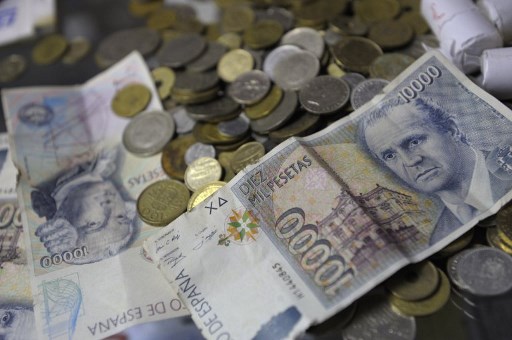Norges Bank, the country’s central bank, reports that the krone is at its lowest level since the end of the 1980s when measured against currencies such as the euro, dollar and pound.
On Monday afternoon, the krone was listed at 112.24 points on I44-indeksen, the exchange rate index preferred by Norges Bank.
“This is the weakest level since the late 1980s,” a Magne Østnor, currency strategist with lender DNB Markets, told NRK.
The index measures the strength of the krone against the currency of 44 of Norway's most important trading partners and is a key measure when the central bank sets interest rates.
A record-weak krone has consequences for people who are paid in Norwegian kroner when they travel abroad, as well as on the prices of foreign goods.
Tuesday’s exchange rates showed the krone at 10.20 to the euro. 9.23 to the US dollar and 12.01 to the pound, NRK reported.
READ ALSO: Norway's krone now worth 10 to the euro as value continues to drop
“It’s getting more expensive for Norwegians to go on holiday and buy foreign goods. But it is positive for the Norwegian export industry, which will become more competitive compared to its foreign counterparts as it becomes cheaper to buy Norwegian goods,” Østnor told the broadcaster.
The depreciation of the krone follows a sequence of negative news stories thought to affect investor confidence, after the currency had managed to strengthen in the lead-up to Christmas.
One of the factors that has contributed to the weak krone is the outbreak of new coronavirus in China, according to Østnor.
“The exchange value of the krone has depreciated over several years, but there is no doubt that the coronavirus has been a trigger. But the blame must also be shared with figures from the Norwegian economy which show that growth at home is slowing, the analyst told NRK.
“We must get used to the fact that the krone will remain at this level in future. The krone is at a record low looking backwards but fits well with the situation in the Norwegian economy at the moment,” he added.
READ ALSO: Why Norway's krone could keep losing value



 Please whitelist us to continue reading.
Please whitelist us to continue reading.
Member comments